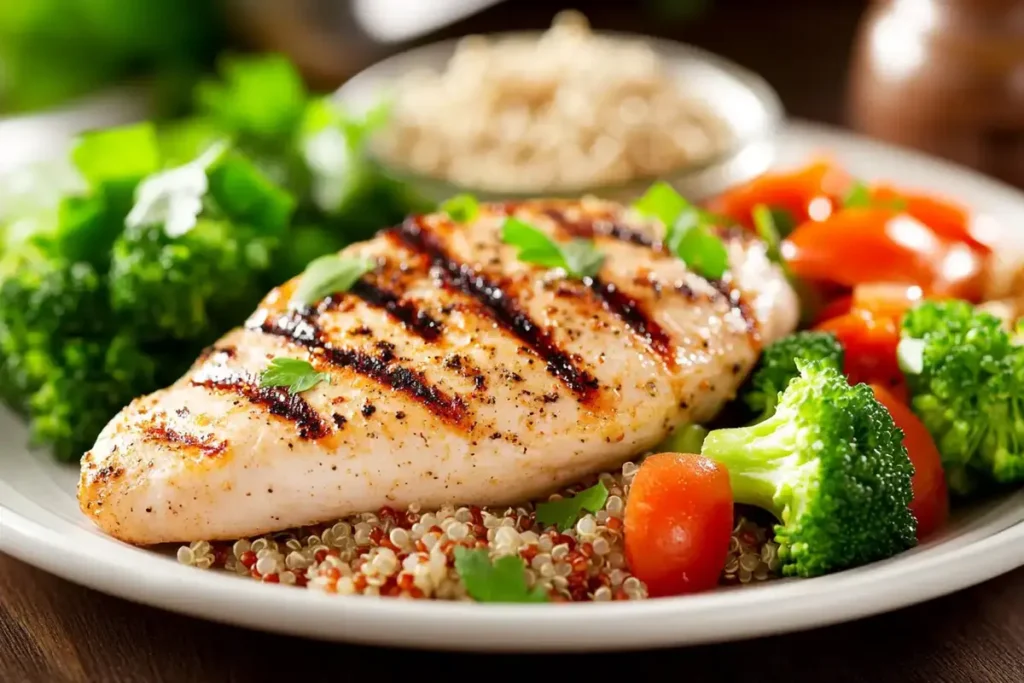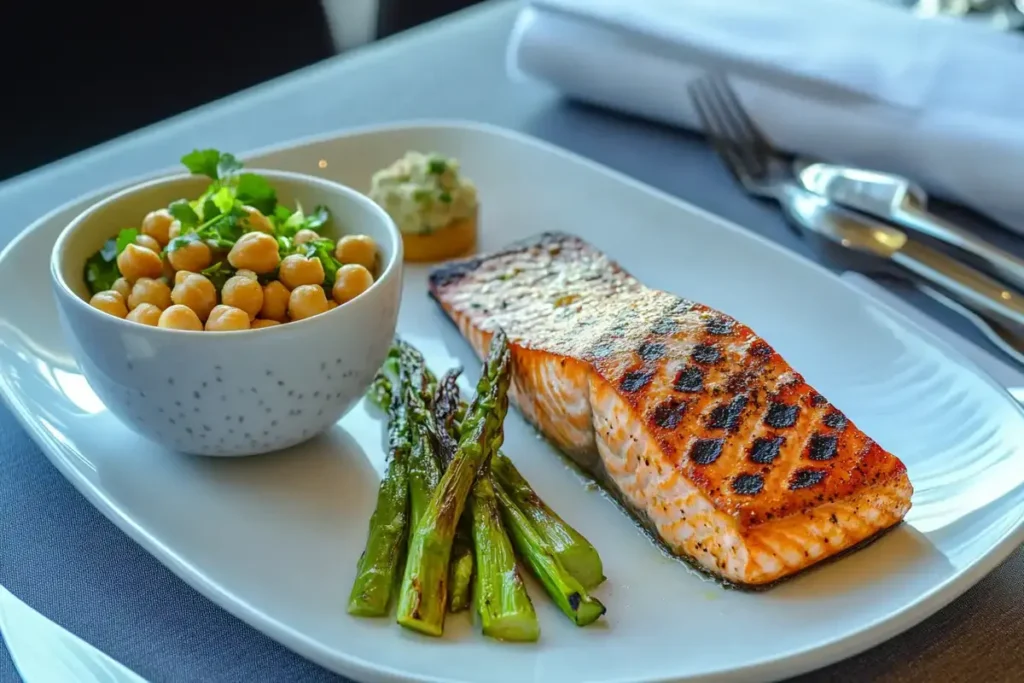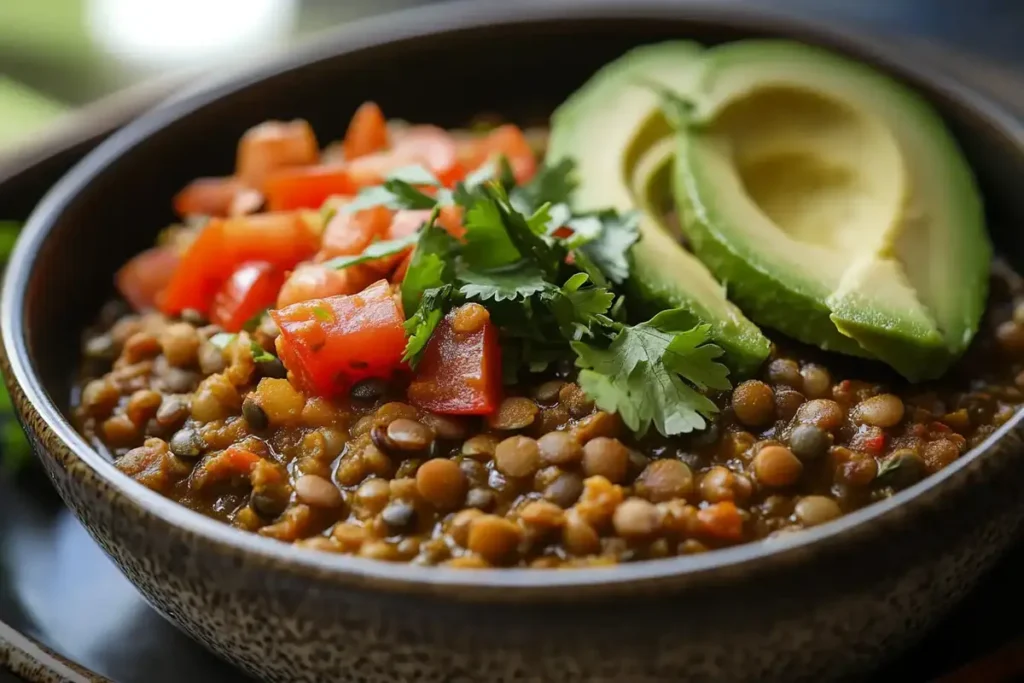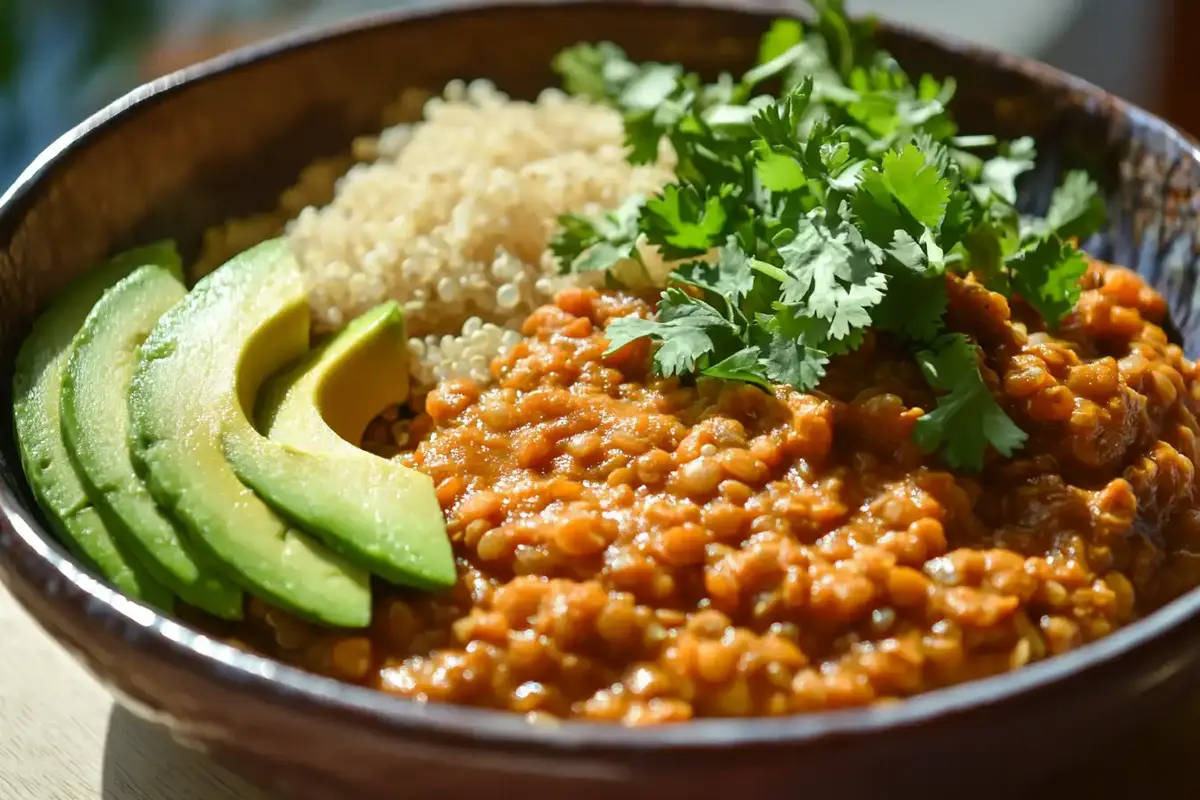Protein is the powerhouse nutrient that fuels your body, aids in muscle repair, and keeps you full longer. In this article, we’ll explore what dinner has the most protein, diving into both animal-based and plant-based meals to give you a comprehensive guide to creating balanced, high-protein dinners. By the end, you’ll be equipped with tips, recipes, and ideas to build delicious, protein-packed meals tailored to your taste and dietary preferences.
Understanding High-Protein Dinners
Importance of Protein in Dinner Meals
Protein is vital for your body’s functioning, but its role at dinner is particularly important. After a long day, your body craves nourishment to repair tissues, boost metabolism, and prepare for restful sleep. Incorporating a protein-rich dinner not only satisfies hunger but also ensures your body is ready to recover and recharge.
Role of Protein in Muscle Maintenance and Repair
Protein is made up of amino acids, which are essential for repairing worn-out tissues and maintaining healthy muscles. Whether you’re an athlete or just active, prioritizing protein at dinner ensures your muscles rebuild overnight.
Impact on Satiety and Weight Management
Feeling perpetually hungry? A high-protein meal could be your secret weapon. Protein-rich foods take longer to digest, keeping you full and helping prevent overeating. Plus, they stabilize blood sugar levels, which is excellent for weight management and energy stability.
Daily Protein Requirements
Knowing your body’s protein needs helps craft meals that aren’t just filling but nutritionally balanced.
Recommended Dietary Allowance (RDA) for Adults
The RDA for protein is approximately 0.8 grams per kilogram of body weight for most adults. That’s about 56 grams for an average man and 46 grams for a woman, but active individuals or those building muscle may need more.
Factors Influencing Individual Protein Needs
Your age, activity level, and health goals influence how much protein you should consume. For instance, athletes and pregnant women often need additional protein to meet their body’s demands.
Top High-Protein Dinner Options
Animal-Based High-Protein Dinners
Animal-based proteins are complete proteins, meaning they provide all nine essential amino acids your body needs. These options are versatile, nutrient-dense, and easy to incorporate into dinner meals.
Lean Meats
Lean meats are an excellent source of high-quality protein with minimal fat content, making them perfect for a protein-rich dinner.
Chicken Breast
Protein Content per Serving
A standard 3-ounce serving of cooked chicken breast packs about 26 grams of protein. It’s low in fat and a staple in many healthy diets, ensuring you meet your daily protein needs.
Popular Chicken-Based Dinner Recipes
From grilled chicken salads to baked herb-seasoned chicken, this versatile meat can fit any cuisine. A simple garlic and lemon chicken recipe is both high in protein and easy to make.

Turkey Breast
Protein Content per Serving
Similar to chicken, turkey breast provides about 25 grams of protein per 3-ounce serving. It’s lean, flavorful, and perfect for hearty dinners.
Popular Turkey-Based Dinner Recipes
Turkey stir-fry with vegetables or a roasted turkey breast with sweet potatoes makes for a satisfying, balanced meal.
Red Meats
Rich in iron and zinc, red meats can add essential nutrients along with protein to your dinner plate. Opt for lean cuts to keep the fat content low.
Lean Beef Cuts
Protein Content per Serving
A 3-ounce serving of lean beef, such as sirloin or tenderloin, delivers around 22 grams of protein. These cuts are also packed with iron and B vitamins.
Popular Beef-Based Dinner Recipes
Try grilled steak with a side of roasted vegetables or lean ground beef in a hearty chili for protein-packed options.
Pork Tenderloin
Protein Content per Serving
Pork tenderloin is another excellent source, offering approximately 23 grams of protein per 3-ounce serving. It’s lean and flavorful, making it ideal for dinner.
Popular Pork-Based Dinner Recipes
A honey-glazed pork tenderloin or a savory pork stir-fry are easy and delicious ways to enjoy this high-protein meat.
Seafood
Seafood is a lean protein source rich in omega-3 fatty acids, promoting heart and brain health while boosting protein intake.
Salmon
Protein Content per Serving
A 3-ounce serving of cooked salmon delivers about 22 grams of protein. Additionally, it’s rich in healthy fats and essential nutrients like vitamin D.
Popular Salmon-Based Dinner Recipes
Grilled salmon with dill sauce or baked salmon with a lemon herb crust are crowd-pleasers for a protein-rich dinner.

Shrimp
Protein Content per Serving
Shrimp is a low-calorie, high-protein option, boasting around 20 grams of protein per 3-ounce serving.
Popular Shrimp-Based Dinner Recipes
Shrimp stir-fry with garlic and vegetables or grilled shrimp skewers with a tangy marinade are quick and nutritious.
Dairy and Eggs
Dairy and eggs are high-quality, protein-rich foods that can easily round out your dinner plate.
Cottage Cheese
Protein Content per Serving
Half a cup of low-fat cottage cheese provides 14 grams of protein, making it a great option for a light yet satisfying meal.
Dinner Recipes Incorporating Cottage Cheese
Cottage cheese-stuffed peppers or a protein-packed vegetable lasagna with cottage cheese are excellent dinner ideas.
Eggs
Protein Content per Serving
One large egg contains about 6 grams of protein. Pairing eggs with other protein-rich foods makes a well-rounded meal.
Popular Egg-Based Dinner Recipes
Scrambled eggs with spinach and feta or a hearty egg and vegetable frittata are perfect for dinner and easy to prepare.
Combining Protein Sources for Optimal Nutrition
Complementary Proteins in Meal Planning
Combining different protein sources in a single meal ensures you’re getting all the essential amino acids your body needs. This strategy is especially valuable for plant-based diets, where certain foods may lack one or more amino acids.
Understanding Complementary Proteins
Definition and Importance
Complementary proteins are two or more foods that, when combined, provide all nine essential amino acids. While animal-based proteins are typically complete on their own, plant-based options often require thoughtful pairing. This concept is particularly crucial for vegetarians or vegans who rely on non-meat sources for their protein needs.
Combining proteins is not only nutritionally beneficial but also adds variety to your diet. For instance, pairing legumes with grains creates a complete protein profile, supporting muscle repair and overall health.
Examples of Complementary Protein Combinations
- Rice and Beans: A classic pairing found in many cuisines worldwide, this combination offers a full amino acid spectrum.
- Lentils and Quinoa: Both are high in protein, and their amino acid profiles complement each other perfectly.
- Hummus with Whole Grain Pita: The chickpeas in hummus pair well with the whole grains, making it a complete protein snack or meal addition.
- Peanut Butter on Whole Grain Bread: This simple yet nutritious option is perfect for quick dinners or snacks.

Sample High-Protein Dinner Menus
Complementary proteins can make dinners more enjoyable, diverse, and nutritionally robust. Here are some examples:
Animal-Based Menu Example
- Starter: A small salad with hard-boiled eggs and a light vinaigrette.
- Main Course: Grilled chicken breast served with a side of quinoa and roasted asparagus.
- Dessert: Low-fat Greek yogurt topped with a handful of almonds for an added protein boost.
This menu combines high-protein sources with nutrient-rich sides, creating a well-rounded meal that satisfies hunger and supports recovery.
Plant-Based Menu Example
- Starter: A bowl of lentil soup, seasoned with cumin and garnished with fresh cilantro.
- Main Course: A stir-fry made with tofu, broccoli, and bell peppers, served over a bed of brown rice.
- Dessert: A chia seed pudding prepared with almond milk and topped with fresh berries.
By mixing complementary plant proteins, this menu ensures a complete amino acid profile while delivering a hearty, protein-rich dinner.
Frequently Asked Questions (FAQs)
FAQs on High-Protein Dinners
What are the benefits of consuming high-protein dinners?
High-protein dinners support muscle repair, improve satiety, and help maintain stable blood sugar levels. They can aid in weight management by keeping you full for longer and boosting metabolism. Plus, they provide essential amino acids necessary for overall body functions, making them crucial for active and sedentary lifestyles alike.
Can plant-based dinners provide sufficient protein?
Absolutely! With the right combinations of plant-based protein sources, you can easily meet your protein needs. Legumes, tofu, quinoa, and seeds are excellent choices. Pairing complementary proteins, such as beans with rice or lentils with whole grains, ensures a complete amino acid profile without relying on animal products.
How can I increase the protein content of my dinner meals?
Adding high-protein ingredients is key. Incorporate lean meats, seafood, eggs, or dairy into your dishes. For plant-based meals, include legumes, tofu, tempeh, or nuts. Additionally, using protein-packed grains like quinoa and adding protein powders to soups or sauces can boost protein content effortlessly.
Are there any risks associated with high-protein diets?
While high-protein diets offer numerous benefits, excessive intake can strain the kidneys, particularly in individuals with pre-existing kidney issues. Additionally, neglecting other essential nutrients like fiber and healthy fats may lead to an imbalanced diet. Moderation and variety are essential to reaping the benefits without risks.
Crafting the Ultimate High-Protein Dinner
Recap of Key Points
High-protein dinners are vital for maintaining a balanced diet, promoting muscle repair, and enhancing overall well-being. Whether you prefer animal-based meals or plant-based alternatives, there are countless ways to incorporate protein into your dinners. Combining complementary proteins is especially important for plant-based eaters to ensure they meet their amino acid needs.
Encouragement to Incorporate High-Protein Dinners into Daily Life
Building high-protein dinners doesn’t have to be complicated or time-consuming. From grilled chicken and quinoa to lentil-based stir-fries, the options are endless. By experimenting with different recipes and combining protein-rich foods, you’ll discover meals that are not only nutritious but also delicious and satisfying. So why wait? Start making high-protein dinners a staple in your routine today!

